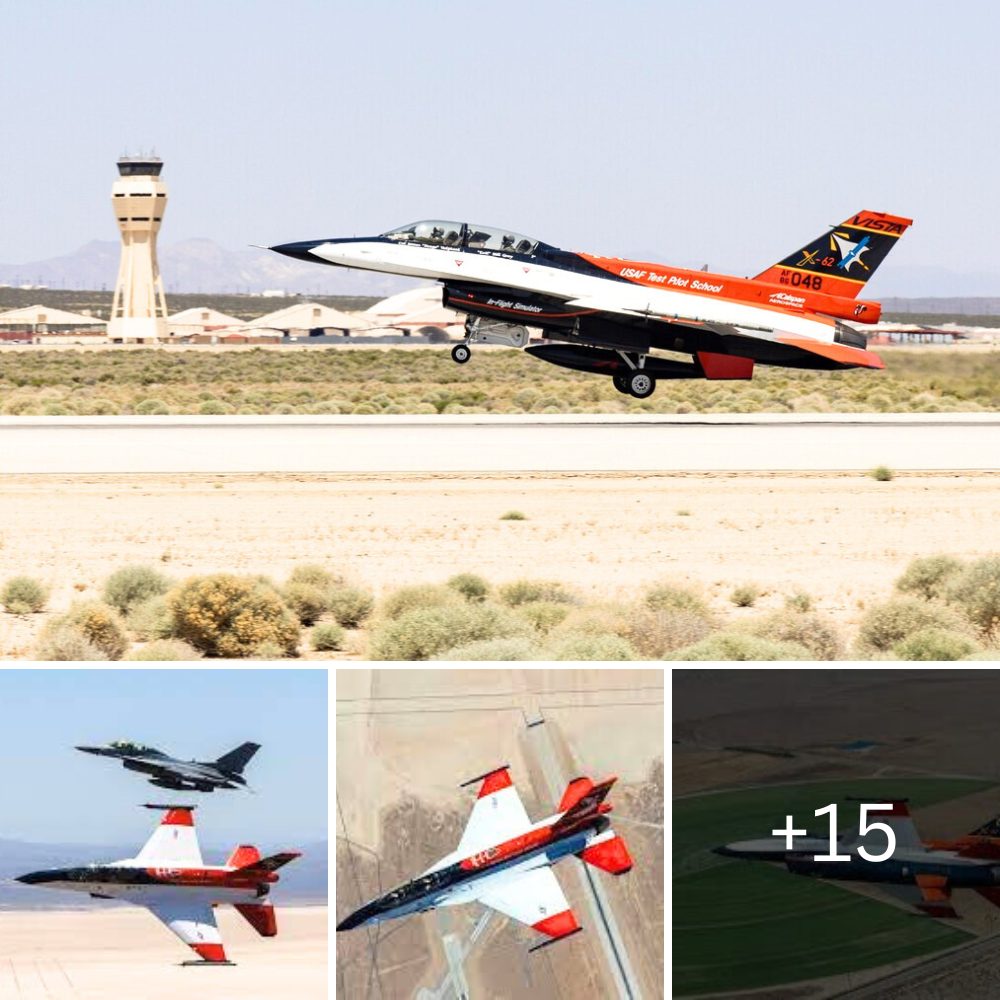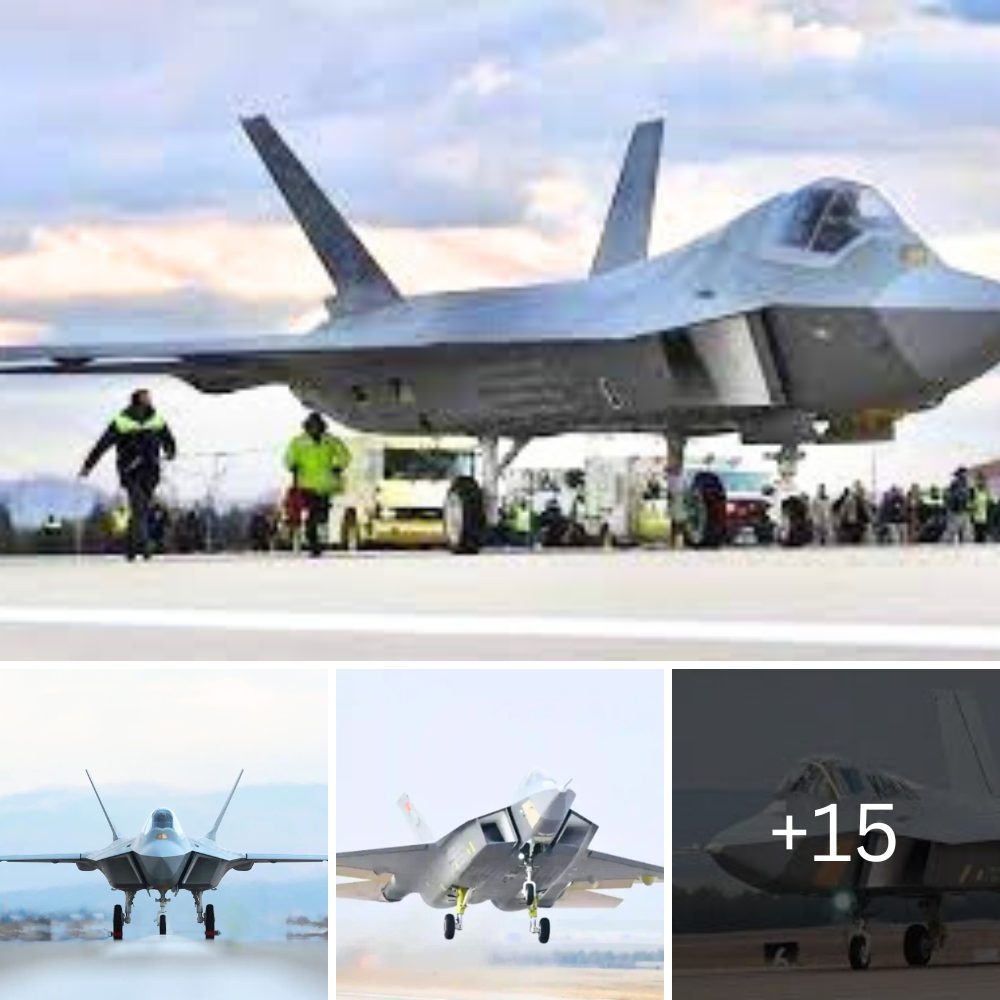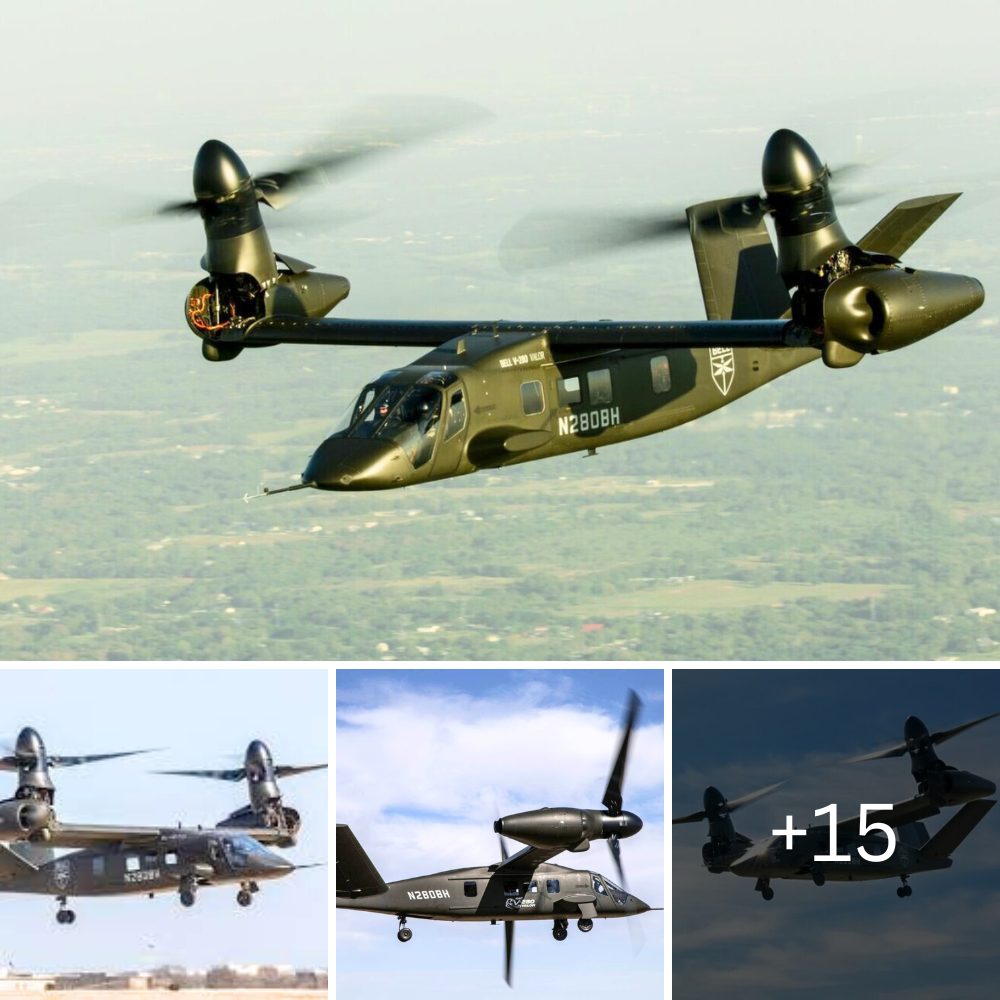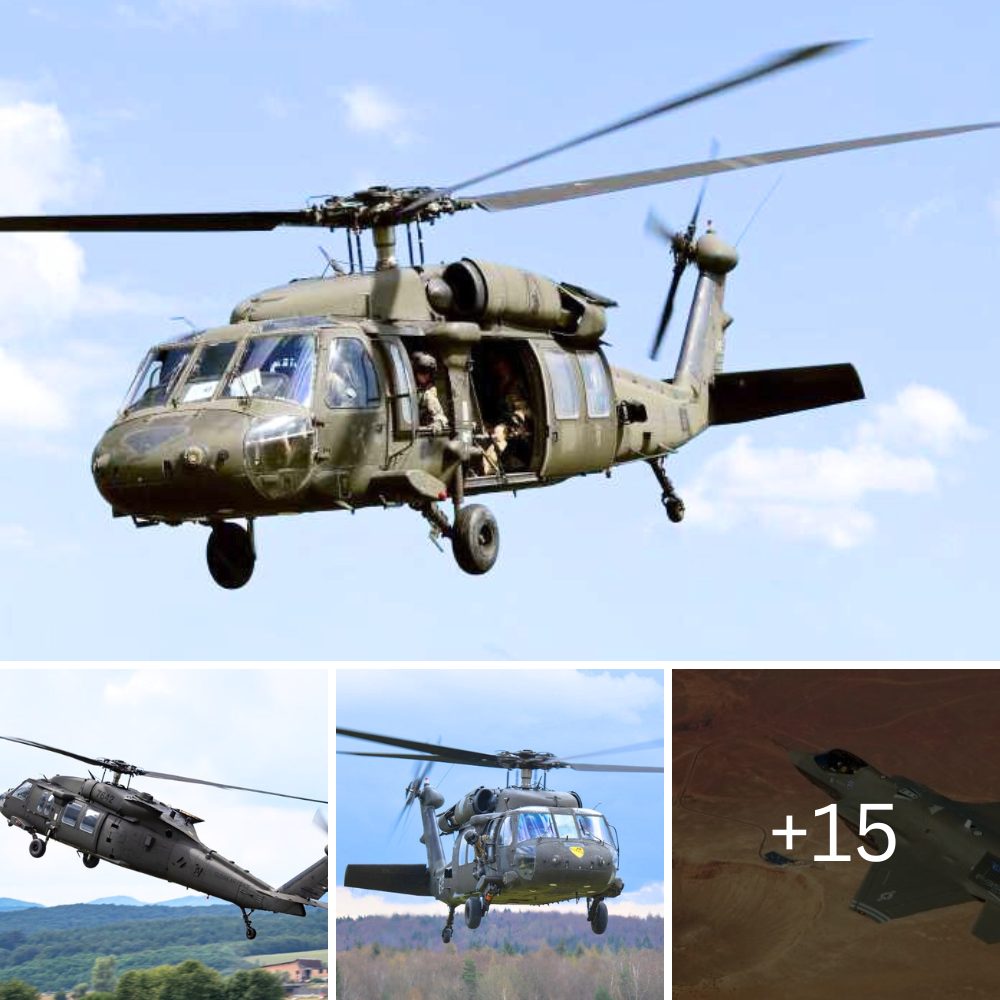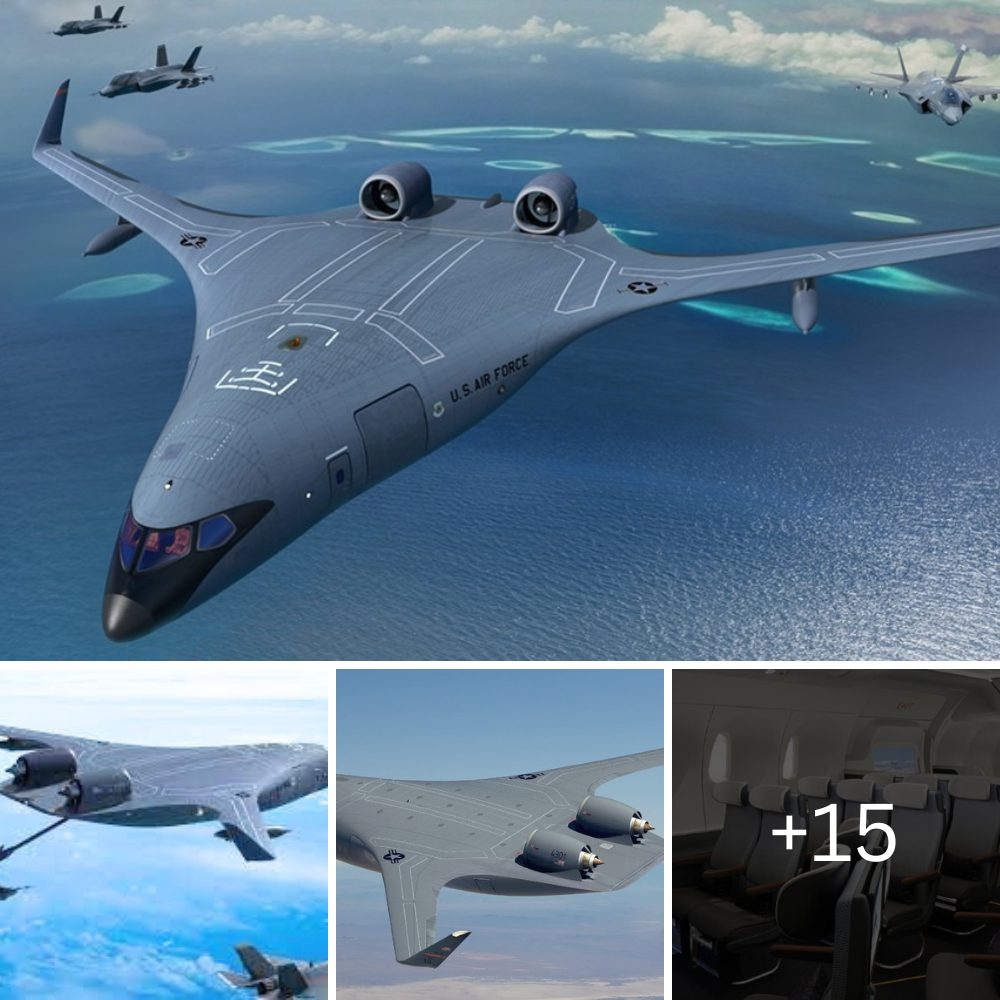Another coastal patrol, just like yesterday…..
On 28th July 1942, a Bristol Beaufort of 217 Squadron, RAF, under the command of Lt Edward “Ted” Strever, SAAF, took off from Malta, for its usual coastal patrol, but that day, it was also tasked to search for an Italian supply ship which was reportedly operating in the area. The other crew members, were the navigator, an Englishman, Pilot Officer William Martin Dunsmore, while two New Zealanders, Sergeants John Wilkinson and Alexander Brown, served as radio operators and gunners. A true Commonwealth crew!

The search eventually found The Italian merchant ship off the coast of Sapientza Island. The torpedo bomber went down, hugging the surface of the sea to start their torpedo runs. Despite the Italians seeing them and a hail of flak and various other weapons being shot at them, the torpedo ran true and slammed into the side of the Italian vessel but the Beaufort was badly shot up in the process.

Strever realised that the aircraft was doomed and there was no option left but to ditch into the sea. After a successful ditching, the crew scrambled out and took to their dinghy which had floated free. They started paddling towards the coast in the blazing July sun. However, a Cant Z.506B, an Italian floatplane, spotted them and luckily for Strever and his crew, landed close by. The Allied crew were ordered on board and became prisoners of war.
They were flown to Preveza harbour, Corfu, where they were well looked after by their Italian captors. They were even allowed the use of the officers’ mess for the rest of the day. In the evening, they were treated to an excellent supper, and then some Italian officers vacated their rooms in order to allow the downed crew a good night’s sleep.

After breakfast, the next morning, they were told they were to be flown to Taranto, Italy, for interrogation and imprisonment. The sullen Beaufort crew boarded the Italian Cant Z.506B. The Cant’s crew consisted of the pilot, Tenente Gaetano Mastrodicasa; co-pilot, Mar Allesandro Chiara; engineer Serg. Trento Losi; and wireless operator/gunner Av Sc Marc Antonio Schisano. There was an extra passenger, police sergeant Giulio Scarcella, who, armed with a revolver, was detailed to accompany and guard the prisoners.

The Beaufort’s crew began to realise that were getting closer to a long confinement in a prisoner of war camp. They did not relish this prospect so they hatched a plan to overpower the Italian crew and take over the aircraft.
There are many different accounts (some legendary) of how they managed to do so. Not being secured and tied up, allowed the Beaufort crew freedom to move around the aircraft. Some say that Strever tried to grab a bottle of oil to use as a weapon but the radio operator took it off him. Then Wilkinson pointed out of the window and shouted “Look!” or “Spitfire!”, which distracted the radioman enough for him to be knocked out with a well-laid punch.
Whatever happened, the end result was that Strever and his men ended up in control of the Italian float plane. It then transpired there were no maps or charts on board as the Italian crew had flown this route regularly. Lieutenant Strever, having flown many hours in the area, had a very rough idea of where he was. He ordered the Italian pilot to fly the coast of Sicily. When the island was spotted, he made him turn south towards Malta. However, their troubles were not over. Serg. Losi, the flight engineer, pointed out that they were running out of fuel.
To make things worse, the Cant soon appeared on the British Malta radar, heading towards Malta and four Spitfires from 603 Squadron were duly scrambled to intercept the unidentified plane. The British fighters spotted the lone aircraft about ten miles off Malta, flying just above the surface of the sea and quickly attacked.

Dunsmore took off his white vest and started to wave it frantically out of the cockpit window as a sign of surrender. This did not deter the British fighters, and they continued their efforts to shoot the Italian aircraft down. Fast thinking by Strever, realising the best option was to land, ordered Mastrodicasa to carry out a landing on the sea. The Italians, also fearing for their lives, did exactly as instructed.
A British HSL 107 (High-Speed Launch), based at Malta, was duly tasked and dispatched to the scene, but when it attempted to tow the Italian aircraft, its engines started overheating so and it eventually was forced to call for help in towing the aircraft. With the assistance of a seaplane tender, the Cant was towed to St Paul’s Bay.

The rescuers were amazed to find both Italian and British forces inside the Italian craft. The fortunes of war and the turning of the wheel – it was now the Italians who were prisoners of war. But they seemed to take it well. In fact, one of them produced a bottle of wine from his suitcase and they all drank a toast before they went their different ways.
For their daring and brave exploits, Strever and Dunsmore were awarded the Distinguished Flying Cross, while Wilkinson and Brown were given the Distinguished Flying Medal.

For the poor Italians, in their absence, they were duly court-martialled and found guilty of allowing the enemy to capture their aircraft.
The Cant was painted in British colours and, for a time, used for Air Sea Rescue, it was based in Malta.

Ted Strever went back to operational flying and after a very distinguished career left the Armed Forces. He passed away, in Haenertsburg, Limpopo, in 1997, at the age of 77.





